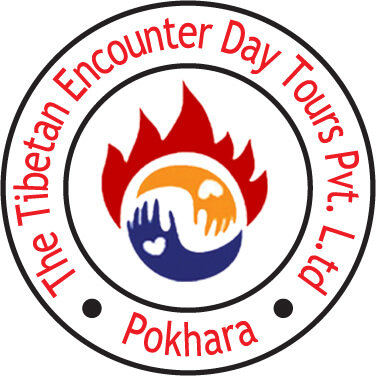The Tibetan Medical System or Sowa Rigpa (in Tibetan) is one of the oldest medical traditions in the world with a history dating back to 200 BC. It is also one of the three principal systems of medicine in Asia.
Closely linked with the spiritual philosophy of Buddhism, the Tibetan Medical System is based on the book rGyud-bZHi or the Four Tantras written by Yuthog Yonten Gonpo. The book was first published in the 8th century and remains the fundamental medical text even today.
This text was based primarily on Tibet’s indigenous medical system, but it also incorporated various Asian medical traditions. The experiences and observations of the early Tibetan inhabitants who discovered natural remedies for nearly all types of health problems formed the basis for the Tibetan medical system. The practice of drinking hot water for indigestion, using melted butter to heal wounds and sprinkling cold water for fever continues to this day.
Like any other medical systems, Sowa Rigpa has its own standardized systems of anatomy, physiology, pathology, diagnosis and treatment which are outlined in the book of the Four Tantras. Root Tantra presents a general outline of the principles of Tibetan medicine. Exegetical Tantra gives a more detailed explanation of the theory behind the Four Tantras and touches upon subjects such as anatomy, physiology, and psychopathology. Instructional Tantra explains the links between illnesses and humoral imbalances, and Subsequent Tantra documents methods of diagnosis and therapies, preparatory methods of Tibetan medicine and techniques to cleanse the body internally and externally.
The basic principle of the Tibetan Medical System can be summed up in one sentence: in order for a person to be healthy, there needs to be a balance in the body’s three principle energies namely wind (rlung), bile (mkhris pa), phlegm (bad kan). Each of these energies play a significant role in the functioning of body and mind. Rlung which is comprised of the Wind element creates all movement and circulation in the body, Mkhris Pa which is comprised of the Fire element provides fundamental heat to the body (digestion, metabolism, liver function, aggression, anger), and bad kan which is comprised of the Earth and Water elements provides cooling element.
As long as the state of balance between these three energies is not disrupted in the form of increased, decreased or disturbed condition, a person’s mental and physical wellbeing is guaranteed.
A Tibetan medical practitioner, thus, will primarily check for these energy conditions while making a diagnosis and prescribing treatment to a patient. The traditional methods of diagnosis are observation of the tongue, measuring palpation of the pulse and analysis of urine followed by questioning of the patient.
Once a diagnosis is made, a medical practitioner known as Amchi in Tibetan, will map out a treatment plan that may include one or all of the following: prescription of Tibetan medicines, external therapies such as medicinal massage and bath, medicinal compress therapy, acupuncture, moxibustion, etc and diet and lifestyle advice.
The Tibetan Medical System continues to be practiced in Tibet, Bhutan, India, Nepal, Siberia, China and Mongolia. Men Tsee Khang, the Dharamsala-based Tibetan medicine institute, has played a significant role in preserving and promoting this ancient Tibetan system of medicine. The institute has opened over 50 branches across India and has a presence in Nepal too.
This system of medicine is also increasingly becoming popular in parts of North America and Europe where more and more people are looking for alternative methods of treatment.
As part of our cultural tours, Tibetan Encounters also organizes visits to a Tibetan doctor, from whom you can learn more about Tibetan medicine and treatment and get a first-hand experience of being evaluated by a Tibetan medical practitioner.
